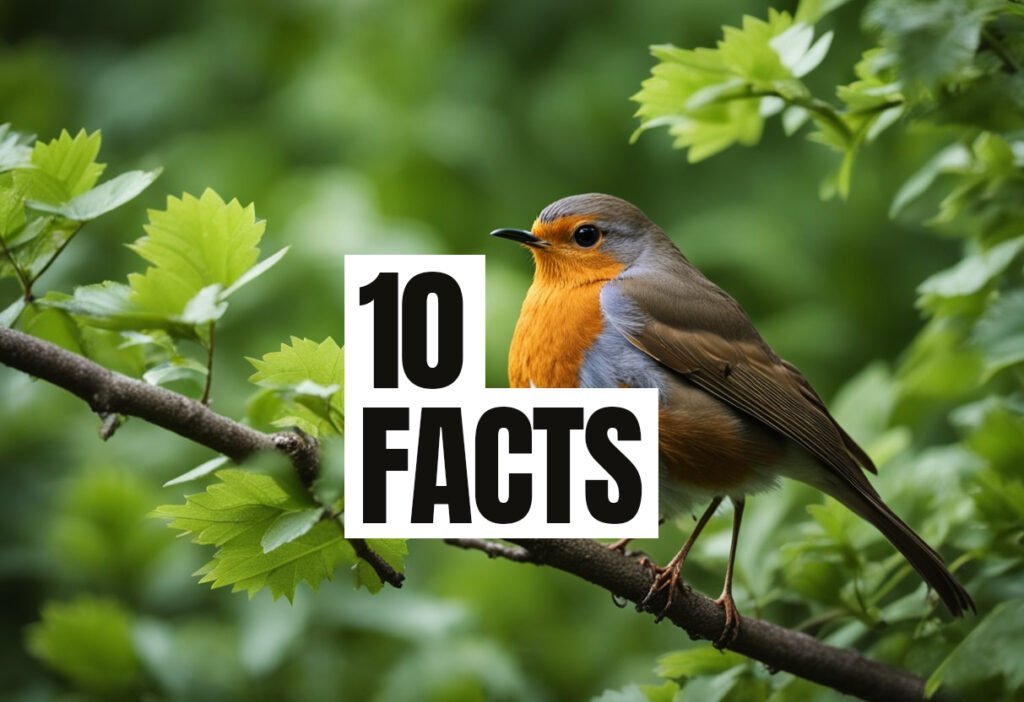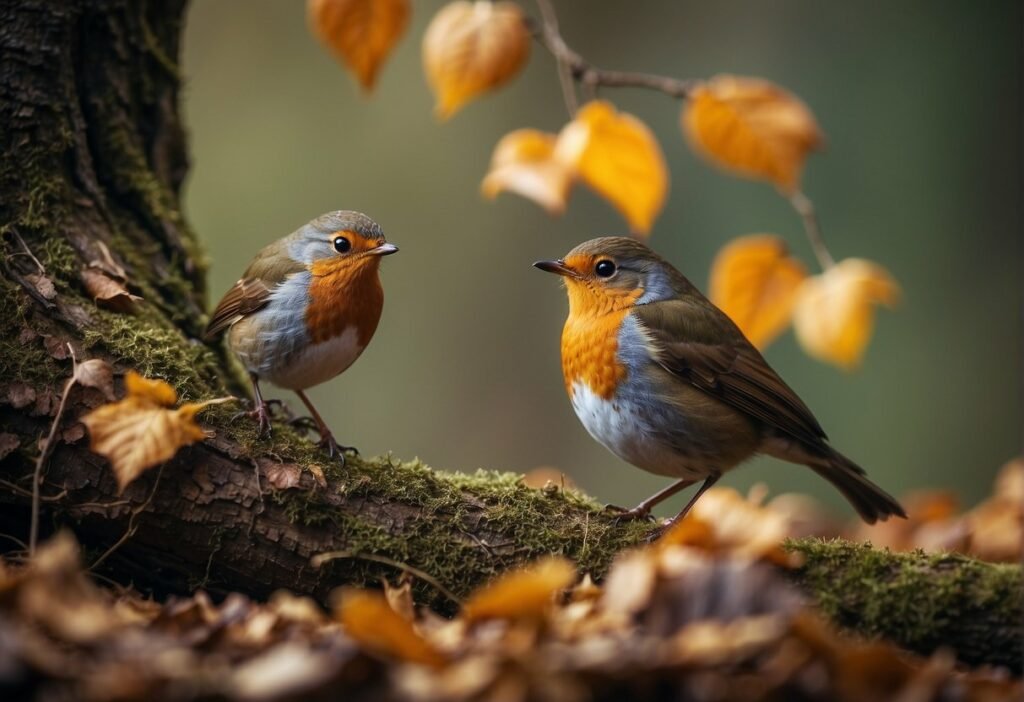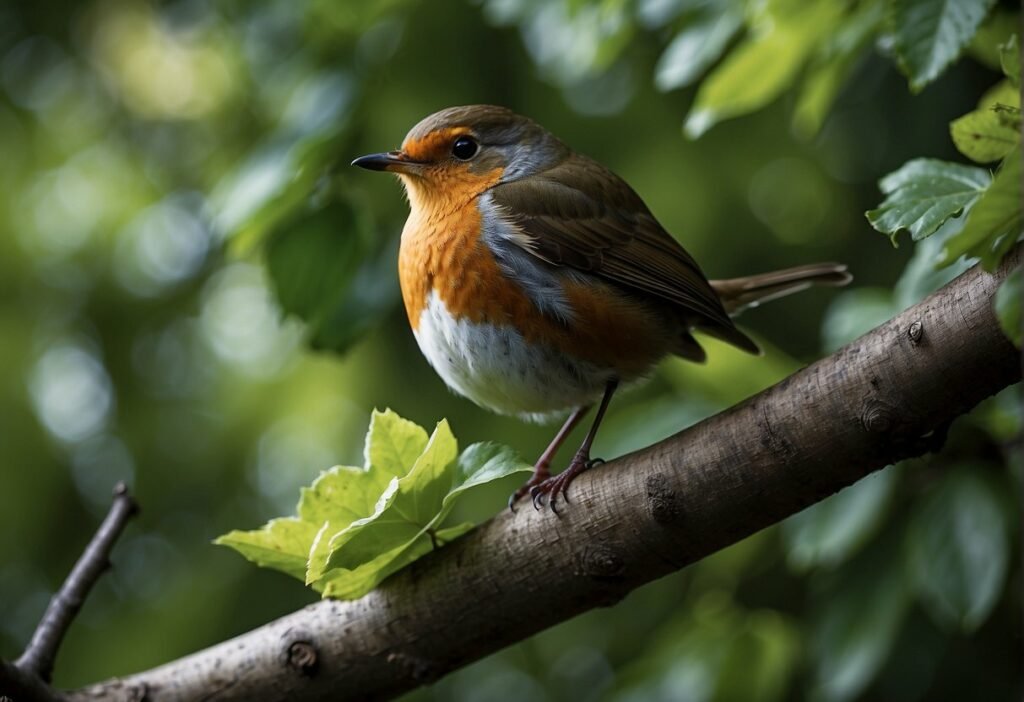Robins are a common sight in many parts of the world, known for their distinctive red breast and melodic song. But have you ever wondered what kind of climate these birds prefer? Understanding the environmental conditions that robins thrive in can help us better appreciate and protect these beloved creatures.

Robins are a species of thrush, with a range that spans from the Arctic Circle to the tropics. They are adaptable birds, able to survive in a variety of habitats including forests, fields, and even urban areas. However, there are certain climate conditions that robins tend to prefer, which can influence where they choose to nest and feed.
In this article, we will explore the climate preferences of robins and how they impact the behavior and survival of these birds. From temperature and precipitation to habitat type and elevation, we will delve into the factors that shape the ecology of robins and shed light on the fascinating world of these feathered friends.
Robin Habitats and Preferences
Robins are one of the most common birds in North America, and their habitat and preferences vary depending on the season. They are migratory birds, and their migration patterns are influenced by the climate and weather conditions.
Seasonal Habitats and Migration Patterns
During the spring and summer, robins can be found in a variety of habitats, including forests, woodlands, parks, lawns, and backyards. They prefer areas with trees and shrubs for nesting and feeding, and they are often seen hopping on the ground in search of insects and worms.
In the fall, robins begin to migrate southward to their wintering grounds. They often travel in large flocks and can be seen in open fields and along the edges of forests. In the winter, robins are less common in northern areas, but they can still be found in some parts of the United States.
Preferred Climate and Weather Conditions
Robins prefer a moderate climate with temperatures ranging from 40 to 70 degrees Fahrenheit. They can tolerate colder temperatures, but they may have difficulty finding food when the ground is covered in snow. In the summer, they prefer areas with moderate humidity and rainfall.
Robins are also sensitive to changes in weather conditions. They may alter their behavior in response to changes in temperature, wind, and precipitation. For example, they may be less active on rainy days or during periods of high wind.
In recent years, robins and other migratory birds have faced challenges due to climate change. Changes in temperature and weather patterns can affect their migration routes, breeding grounds, and nesting sites. Conservation efforts are underway to protect these birds and their habitats, and to better understand the impacts of climate change on migratory birds.
Feeding and Breeding Behaviors
Robins are known for their distinctive orange-red breast and melodic songs, but their feeding and breeding behaviors are equally fascinating. This section will explore the diet and foraging habits of robins, as well as their nesting and reproduction behaviors.
Diet and Foraging
Robins are omnivorous and have a varied diet that includes insects, earthworms, fruits, and berries. During the breeding season, they rely heavily on protein-rich insects and earthworms to feed their growing chicks. In the fall and winter, they shift their focus to fruits and berries, which are more abundant and provide the necessary nutrients for survival.
Robins are skilled foragers and use a combination of sight and sound to locate their prey. They have excellent eyesight and can spot small insects and earthworms from a distance. They also listen for the sound of worms moving through the soil and use their beaks to extract them from the ground.
Nesting and Reproduction
Robins are monogamous and form pair bonds during the breeding season. The male robin is responsible for finding and defending a suitable nesting site, while the female builds the nest and incubates the eggs.
Robins typically lay 3-5 blue-green eggs per clutch and can have 2-3 broods per breeding season. The eggs are incubated for approximately two weeks before hatching, and the chicks are fed by both parents until they fledge.
During the nesting period, robins become very territorial and will aggressively defend their nests against intruders. They also form loose flocks outside of the breeding season, which helps to increase their chances of survival by providing safety in numbers.
Overall, the feeding and breeding behaviors of robins are well-adapted to their environment and food sources. By being opportunistic feeders and skilled foragers, they are able to thrive in a variety of habitats and maintain healthy populations.
Frequently Asked Questions
What type of habitat is preferred by American robins?
American robins prefer open habitats such as lawns, fields, and gardens with short grass. They also prefer areas with shrubs and small trees for nesting and perching.
How does seasonal migration affect robin populations?
Robins have a wide range and can be found throughout North America. During the winter, many robins migrate south to warmer climates, while others remain in their breeding range. The timing and distance of migration can affect population sizes in different areas.
What temperatures are ideal for robins’ survival?
Robins can survive in a wide range of temperatures, but they prefer temperatures between 40-70 degrees Fahrenheit. Extreme temperatures, either hot or cold, can be detrimental to their survival.
How do robins adapt to various seasonal climates?
Robins are adaptable birds and can adjust their behavior and diet to different seasonal climates. During the winter, they may switch to eating berries and fruits instead of insects. In the summer, they may adjust their feeding and nesting habits to accommodate for the abundance of insects.
What impact does climate change have on robin behaviors and patterns?
Climate change can affect the timing of seasonal events such as the arrival of spring and the availability of food sources. This can cause a mismatch between the timing of robin breeding and the availability of food for their young. Climate change can also affect the range of robins and their migration patterns.
Are robins an indicator species for weather changes?
Robins are not considered official indicator species for weather changes, but their behavior and movements can provide insight into local weather patterns. For example, robins may migrate earlier or later than usual depending on weather conditions.




